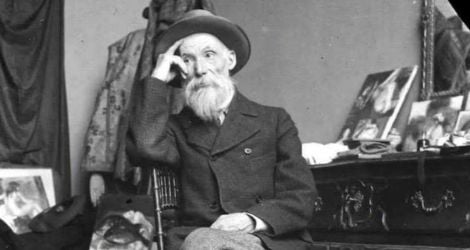Renoir oil painting reproductions hand-painted on canvas
Massively Talented Artist — Fantastically Accurate Replica
Oil paint on Cotton Canvas — Exclusive Customer Services

Massively Talented Artist — Fantastically Accurate Replica
Oil paint on Cotton Canvas — Exclusive Customer Services


Pierre-Auguste Renoir, a renowned French Impressionist painter, gained significant recognition within the movement due to his exceptional ability to capture and portray beauty. The artist gained significant recognition for his depictions of the vibrant urban life and recreational activities that characterized Paris during the final three decades of the 1800s. Renoir, renowned for his adeptness in color manipulation and his astute ability to depict the interplay of light and shadow, embarked upon an exploration of Renaissance art during the midpoint of his artistic trajectory. This artistic endeavor prompted him to incorporate a greater emphasis on line and composition in his later works, resulting in the creation of several enduring masterpieces that have come to epitomize the artistic spirit of his day.
Renoir played a crucial role in the development of the Impressionist style during the late 1860s, working in collaboration with Claude Monet. However, what distinguishes Renoir's work is the presence of a distinct human aspect. Renoir demonstrated a keen ability to capture the essence of both private, domestic life and contemporary fashion trends. His depictions of harmonious families and stylish individuals enjoying leisure activities in Paris served as a connection between the more avant-garde aspirations of Impressionism and the growing audience of middle-class art enthusiasts in the modern era.
Renoir was the initial artist associated with the Impressionist movement who demonstrated an awareness of the possible constraints inherent in an artistic approach predominantly focused on optical perception and the manipulation of light. While his contributions in this particular domain would consistently retain their significance in his artistic endeavors, he reaffirmed the indispensability of composition and fundamental structure in contemporary painting. Consequently, he accomplished an organized and imposing aesthetic in his later works, which acknowledged and embraced the merits of High Renaissance art.
The artistic influence of Renoir proved to be essential for the prominent French artistic trends of high modernism, namely Fauvism and Cubism. Similar to Renoir, the pioneers of these artistic techniques directed their attention towards matters pertaining to color, composition, and depth, rather than hastily capturing fleeting instances through sketches of individuals. The artist's meticulously crafted and vibrant artworks served as a crucial link connecting preceding colorists such as Raphael, Peter Paul Rubens, Jean-Antoine Watteau, and Eugène Delacroix to the prominent figures of the 20th century, namely Henri Matisse and Pablo Picasso.